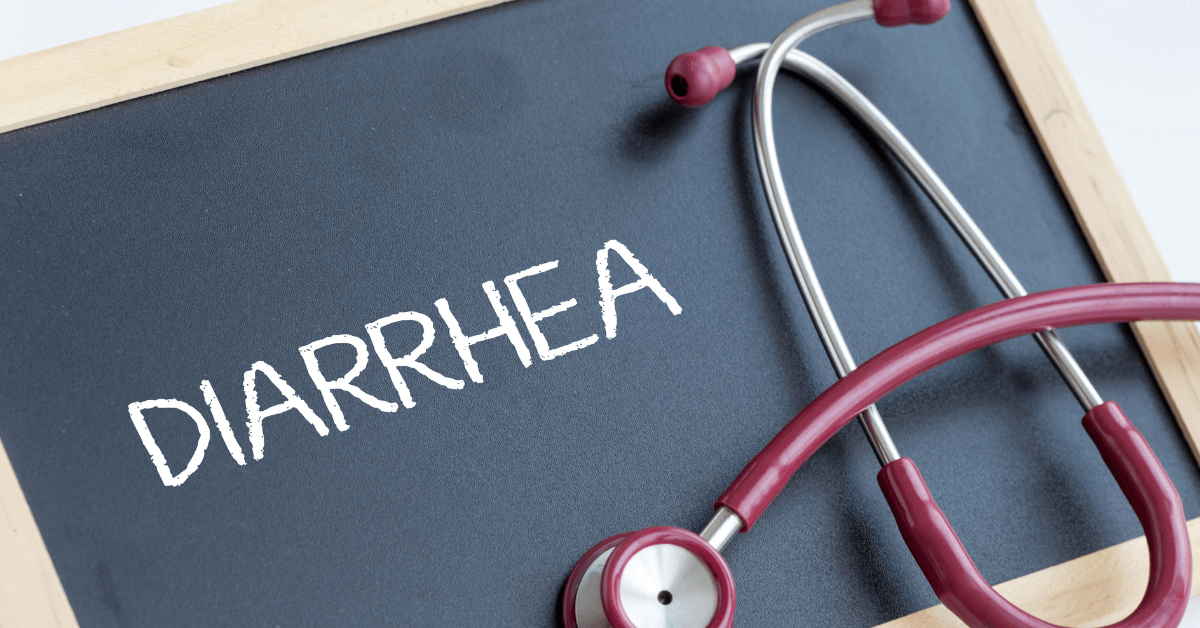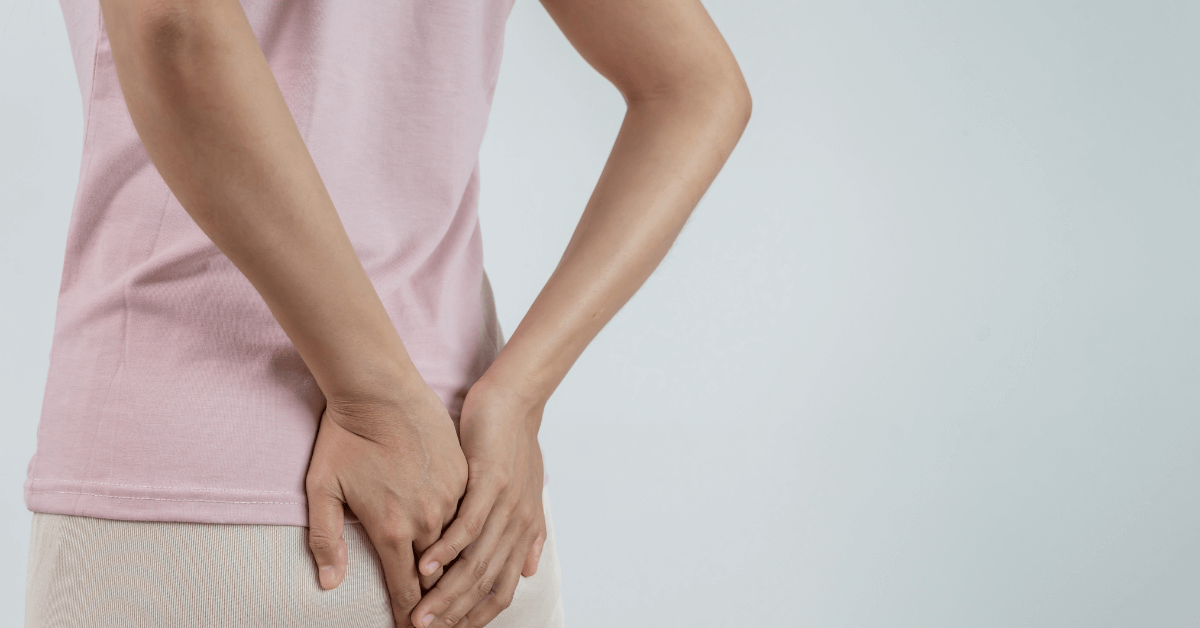Introduction: Prioritizing Healing After Fistula Repair
Recovery after an anal fistula repair requires careful attention to detail. Diet and Stool Softeners become absolutely essential parts of your daily routine. Anal fistula surgery successfully closes the abnormal tunnel near the anal canal. Consequently, your primary goal is protecting the delicate surgical wound from damage. Straining during bowel movements is the single biggest threat to the successful healing process. Therefore, managing stool consistency through a smart diet is non-negotiable. This article details the steps patients must follow for a complete recovery.
The Recovery Diet: Key Nutritional Steps to Prevent Straining
What you eat directly impacts your comfort and the surgical site’s healing. Therefore, a strategic recovery diet is the foundation of your post-operative care plan. You must strictly avoid any foods that might lead to hard stools or constipation. Furthermore, certain irritating foods can also cause unnecessary diarrhea and swelling. Remember that soft stools pass easily without requiring any muscular effort. Consequently, Diet and Stool Softeners work together to keep the anal canal relaxed and calm.
Focus on incorporating these essential food groups into your diet:
- High-Fiber Foods: Fiber adds bulk and softness to your stools, promoting effortless passage. Include cooked vegetables, soft fruits, and whole-grain cereals daily.
- Hydrating Liquids: Drink at least eight to ten glasses of water every single day. Proper hydration keeps the fiber moving and prevents hard, difficult stools.
- Bland Foods: Initially, stick to simple foods like plain chicken, rice, bananas, and toast. This reduces digestive distress and limits inflammation around the wound.
You should limit or completely eliminate foods that cause irritation. For instance, avoid spicy foods, excessive dairy products, and high-fat items entirely. The right recovery diet actively supports your body’s healing mechanism.
Medical Management: Selecting the Right Stool Softener
Even a perfect diet often needs help immediately following an anal fistula repair. This is where Diet and Stool Softeners truly become a crucial healing partnership. Stool softeners are medications that work by increasing water content in the stool. This makes the stool softer and much easier to pass painlessly. Using them prevents the involuntary straining reflex that jeopardizes the repair. Always follow your surgeon’s specific instructions regarding dosage and frequency.
There are generally two effective types of stool softener options your doctor may recommend:
- Emollient Softeners (e.g., Docusate Sodium): These actively moisten the stool, making it slippery and smoother for passage. They are typically taken twice daily and work gradually over a few days.
- Osmotic Laxatives (e.g., Polyethylene Glycol): These draw water into the bowel itself, making the stool very soft and voluminous. These options can be highly effective but require careful, measured hydration.
Starting these medications immediately is important, often before your first post-operative bowel movement. A proper recovery diet alongside these medications ensures optimal patient comfort.
Lifestyle Adjustments: Preventing Straining and Protecting the Repair
Optimal healing extends beyond just the Diet and Stool Softeners regimen. Subtle changes to your daily routine dramatically affect the success of your anal fistula repair. Preventing straining requires patience and a commitment to healthy bathroom habits. Therefore, never rush a bowel movement or force a passage with muscular effort.
Implement these three essential stool softener options lifestyle tips:
- Do Not Delay: Go to the bathroom immediately when you feel the natural urge to evacuate your bowels. Holding it in allows stool to harden inside the rectum, making passage difficult.
- Use a Squatty Potty: Elevating your knees slightly while sitting on the toilet naturally relaxes the critical puborectalis muscle. This position aligns the rectum and significantly aids preventing straining during a bowel movement.
- Sitz Baths: Take a warm sitz bath several times daily for about fifteen minutes. This practice cleans the anal area gently and helps soothe the external muscles, promoting blood flow and healing.
These simple adjustments provide significant comfort and security during the fragile initial healing weeks.
Frequently Asked Questions: Anal Fistula Recovery
Patients frequently ask specific questions about their post-operative care. Knowledge empowers patients during this sensitive recovery period. We answer the most common concerns regarding the recovery diet and post-operative life.
Q1. How long do I need to stay on Stool Softeners?
Your surgeon will usually recommend continuing the Diet and Stool Softeners for at least four to six weeks. Furthermore, this period protects the wound until it is fully healed and stable.
Q2. When should I worry about post-operative pain?
Moderate pain is normal, but severe, worsening pain should be reported to the surgeon immediately. This could signal a potential infection or an urgent complication requiring attention.
Q3. Can I resume exercise immediately after surgery?
Avoid heavy lifting and strenuous exercise for several weeks, as prescribed by your doctor. Light walking is usually acceptable and is encouraged to maintain good digestive motility.
Q4. What if I experience excessive diarrhea while on the recovery diet?
Reduce your dosage of the stool softener options or increase your binding fiber intake immediately. Contact your surgeon promptly if severe or bloody diarrhea persists for more than two days.
Beyond Fistulas: IBI Clinic Laser Therapy for Weight Loss
While focusing on your recovery is essential, consider long-term health improvements at IBI Clinic. IBI Clinic offers advanced Laser Therapy as part of its comprehensive weight loss programs. Many patients with chronic anal issues also struggle with weight management. Excess weight increases intra-abdominal pressure, raising the risk of future anal problems. Therefore, focusing on weight loss supports overall gastrointestinal health and reduces recurrence risk.
Why choose IBI Clinic for your weight loss program?
- Minimally Invasive: The Laser Therapy targets fat cells precisely without requiring invasive, complex surgery.
- Integrated Care: We combine advanced technology with nutritional guidance and professional physician oversight.
- Risk Reduction: Successful weight loss reduces the strain on your pelvic floor and anal cushions.
- Comprehensive Health: Our programs focus on achieving sustainable health, not just temporary weight reduction.
The IBI Clinic team understands that digestive health and overall weight are closely linked.
Conclusion: Achieving Complete Healing and Long-Term Wellness
Successful healing after anal fistula repair depends heavily on patient compliance and effort. Diet and Stool Softeners form the cornerstone of the immediate post-operative plan. Prioritizing a high-fiber recovery diet and utilizing your prescribed stool softener options limits straining effectively. Remember that preventing straining safeguards the surgical site and promotes quicker healing. Furthermore, the expert team at IBI Clinic supports you through recovery and toward long-term digestive wellness. We encourage you to contact us for guidance on your recovery diet or to explore our weight loss programs today. Take proactive steps and ensure your return to full health.



